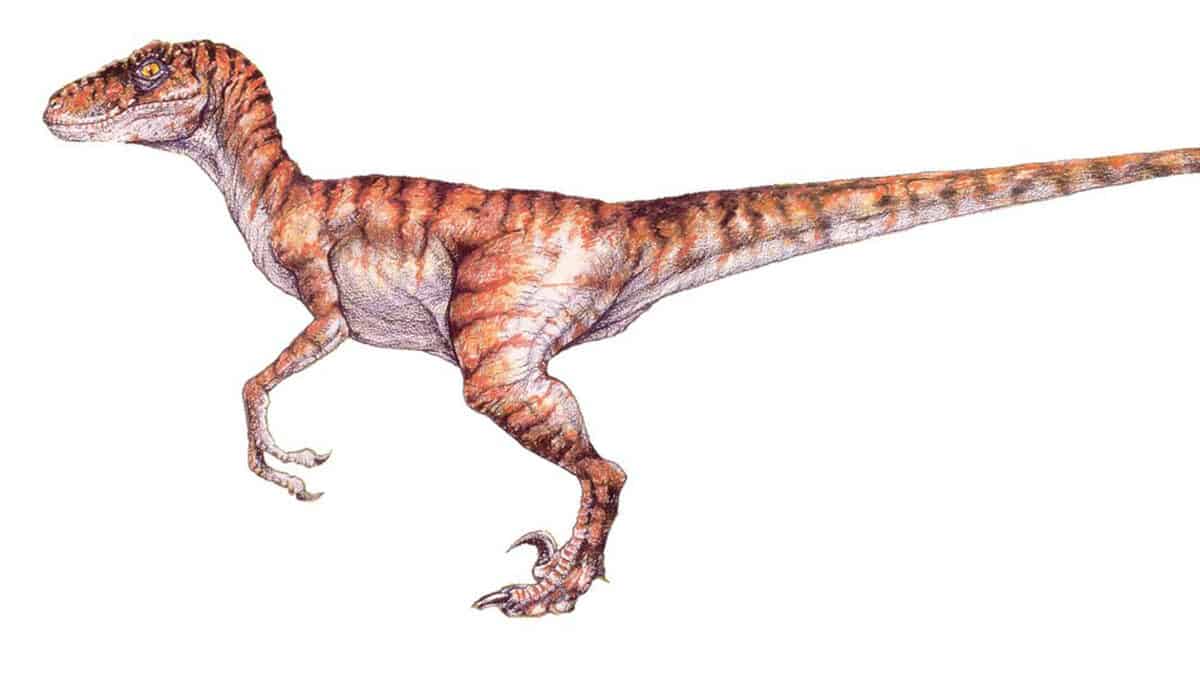Welcome to the Cretaceous period, which existed between 65 and 144 million years ago! The world by this point was home to a wider variety of environments and species than ever before… and different species behaved in different ways – some preferring to live on their own, others liking the company of the herd.
Iguanodons are plant eaters and more interested in the vegetation around here. They have to be as they need to consume the equivalent of 300 bananas every day!
Iguanodon fossils have been found all over the world, which means they were a common sight in Cretaceous times. They reached up to 11 metres in length and were experts at stripping greenery and fruits off plants. Iguanodons could stand on their rear legs and use their hands to grasp vegetation – a task made easier by their flexible fifth finger.
Fossils of many Iguanodons have been found jumbled together in one place, which tells us that they moved in a herd with the adults likely to band together to protect the young from predators. But not all dinosaurs behaved this way.
The Pinacosaurus had plates of armour all over his back and an enormous club on the end of his tail, he can look after himself. That tail is perfect for swinging at anyone who thinks he’d make a tasty dinner.
Armoured dinosaurs such as Pinacosaurus are known as ankylosaurs – meaning armoured dinosaurs. They were plant-eaters too, like the Iguanadontians, but in fossil finds, there is usually just one of them, so they probably lived and died alone.
Velociraptors hunted in packs. These sneaky hunters are carnivores and can bring down animals much larger than us. Not only do they have razor sharp teeth, deadly curved claws and an ability to run fast, they also have very large brains! They were believed to be intelligent enough to hunt together when necessary, outwitting their prey to tear it to pieces.
Fossils have been part of the earth for millions of years and studying them is something Palaeontologists are experts at.
Once larger rocks in an area have been cleared away, hammers, chisels and picks are used to tap at the earth around the fossil to loosen it further – these pieces of rock and earth are called the “matrix”. Then a series of brushes – from stiff to soft, are used for delicate work.
If the fossil needs to be moved, it’s often wrapped in a plaster cast to keep it safe – just like the sort you would get if you broke your leg! The fine work of removing the remaining rock from the fossil then goes on back at the museum’s laboratory.
> Visit the Age of the Dinosaurs homepage
> Download the free Age of the Dinosaurs podcast from iTunes
Add a commentAge of the Dinosaurs
Find out all about the Jurassic and Cretaceous periods!
More From Age of the Dinosaurs






